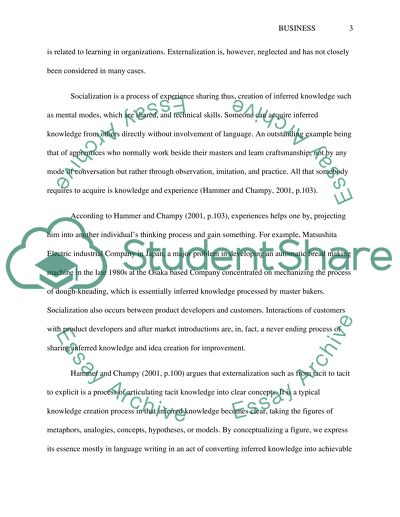Cite this document
(Power of Information Technology for Organizations Research Paper, n.d.)
Power of Information Technology for Organizations Research Paper. Retrieved from https://studentshare.org/information-technology/1453150-reflect-on-the-power-knowledge-interplay-that
Power of Information Technology for Organizations Research Paper. Retrieved from https://studentshare.org/information-technology/1453150-reflect-on-the-power-knowledge-interplay-that
(Power of Information Technology for Organizations Research Paper)
Power of Information Technology for Organizations Research Paper. https://studentshare.org/information-technology/1453150-reflect-on-the-power-knowledge-interplay-that.
Power of Information Technology for Organizations Research Paper. https://studentshare.org/information-technology/1453150-reflect-on-the-power-knowledge-interplay-that.
“Power of Information Technology for Organizations Research Paper”, n.d. https://studentshare.org/information-technology/1453150-reflect-on-the-power-knowledge-interplay-that.


